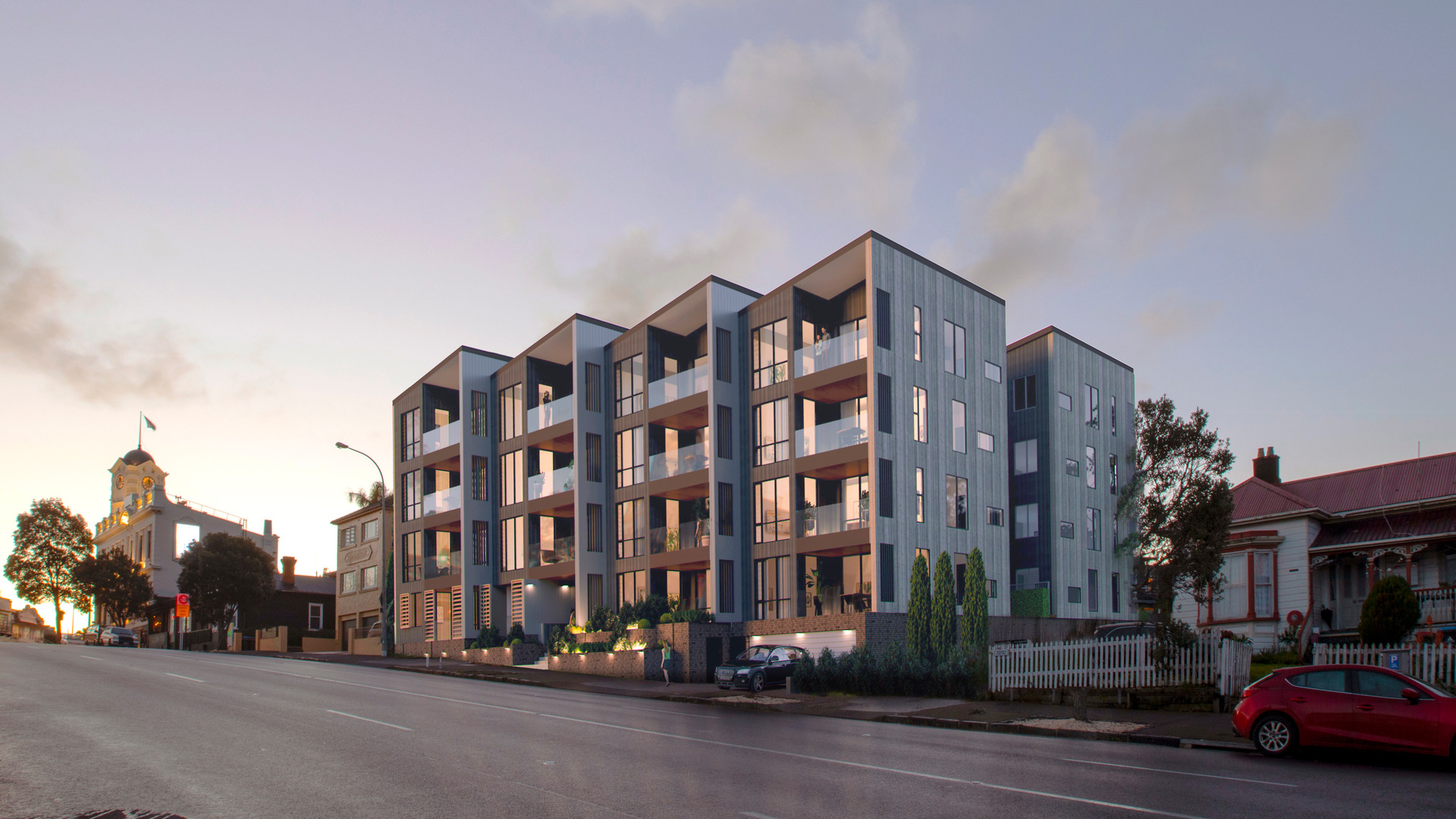Throughout all of 2020, a consultation was at the heart of passionate arguments. The Draft Spatial Plan was the second stage of a year-long program of work called “Planning for Growth”, a program designed to prepare Wellington to cater for a significant influx of new residents. Some said 30,000 were expected over the next decades, some said 80,000. The tensions were exacerbated by a soaring housing market with prices reaching absurd levels. Even people who would normally agree that “something has to be done about the housing crisis” would passionately argue over how to best address it, accusing each other of ulterior motives.
Le 18 Juin 2021 - Tags: opinion, insideWellington, housing, spatialPlan
Throughout all of 2020, a consultation was at the heart of passionate arguments. The Draft Spatial Plan was the second stage of a year-long program of work called “Planning for Growth”, a program designed to prepare Wellington to cater for a significant influx of new residents. Some said 30,000 were expected over the next decades, some said 80,000. The tensions were exacerbated by a soaring housing market with prices reaching absurd levels. Even people who would normally agree that “something has to be done about the housing crisis” would passionately argue over how to best address it, accusing each other of ulterior motives.
This toxic argument wasn’t helped by some City Councillors fuelling antagonism. It was very distressing, no matter what you stood for, to hear or read some nasty labelling coming from each side of the Council table when sometimes, people were simply proposing alternatives.
On top of that, the Draft Spatial Plan came at the back of a previous consultation, spanning over 2019, the first stage of Planning for Growth. Yet again, the outcome of that early consultation had been overwritten by council officers, casting doubts about why bother with consultation, if the time and energy spent by the community would be ignored.
As a side note: the consultation process is long, painful, some argue not truly representative (only people with time on their hands or powerful lobby groups can take part), sometimes seen as biased (options are presented in a way steering participants in a pre-determined direction) or considered untrusted (it’s just a mandatory exercise, but WCC ignores the outcome of such consultation). So one would ask: who is working at fixing this broken system, and what are the solutions? More on that to come in a future article.
On the 24th of June, a “substantially” changed Spatial Plan will be presented to the City Council to vote and make it final. The Spatial Plan, which is un-statutory, will then inform the next consultation on the District Plan, coming to your screens later this year. It has just been released to the public yet, but very eager to finally put down the rumours that consultation is pointless, the City Council has surely wanted to follow the outcome of the 2020 DSP consultation.
The Planning for Growth website contains all information you might want, but if you are short of time, please take time reading the Summary report (page 5 and 6). What did it say:
Wellingtonians agree on higher density close to the city centre (so in the inner suburbs);
Wellingtonians want the infrastructure to exist before densification;
Wellingtonians want a greener city.
So, how much of this will be reflected in the final Spatial Plan? More on that in the next couple of days. I for one will be very interested to see how worthy this gigantic (2,897 people took part) consultation was, and how Councillors will vote on it. I would love that Councillors take the democratic debate seriously and implement what Wellingtonians have said they want or will they flush local democracy and engagement deeper down the drain.
When the District Plan goes out for consultation, here is a wish list of what I want from the community and the City Council:
Councillors who work at building a consensus towards a District Plan that works for both the existing and new residents;
A civil debate, at the Council table, and between community groups;
A conversation which is not about homeowners versus landlords versus renters;
A discussion that doesn’t revolve around the colour of your skin, or the age group you’re in;
Reciprocal respect for each party involved, with the confidence everyone is trying to do what’s best for the city.
It is my strong belief that in the end, we must all accept the challenges that are ahead of us (housing, climate, transport) and that the status quo is not an option. It’s how we change that is controversial, but I am sure that if each change is also crafted in such a way it is also an enhancement, the discussion will run more smoothly.
Update: the “Final” Spatial Plan is as final as an un-voted document can be. It will become truly final when the City Council vote it in.
- Benoit -



